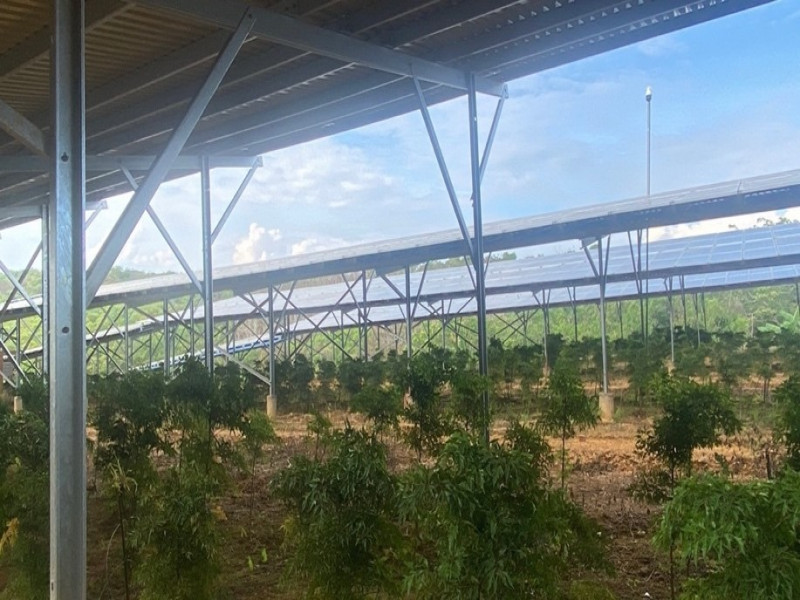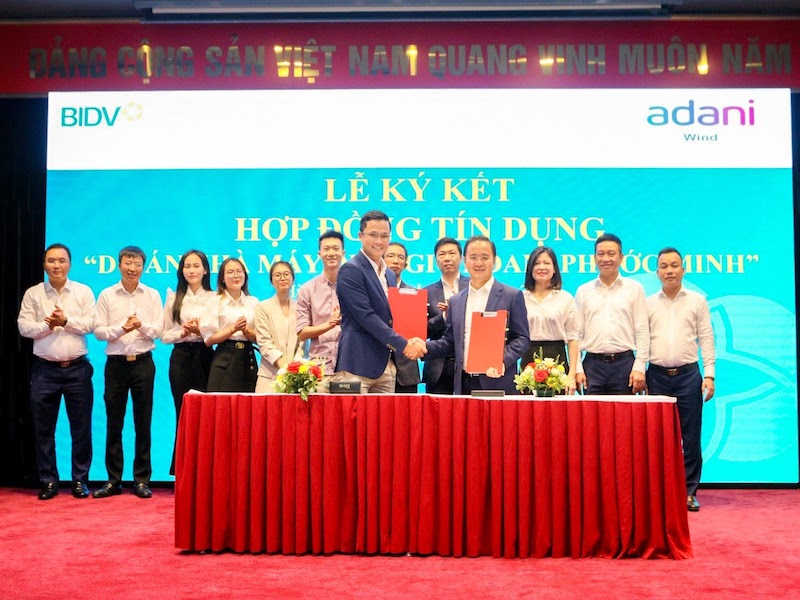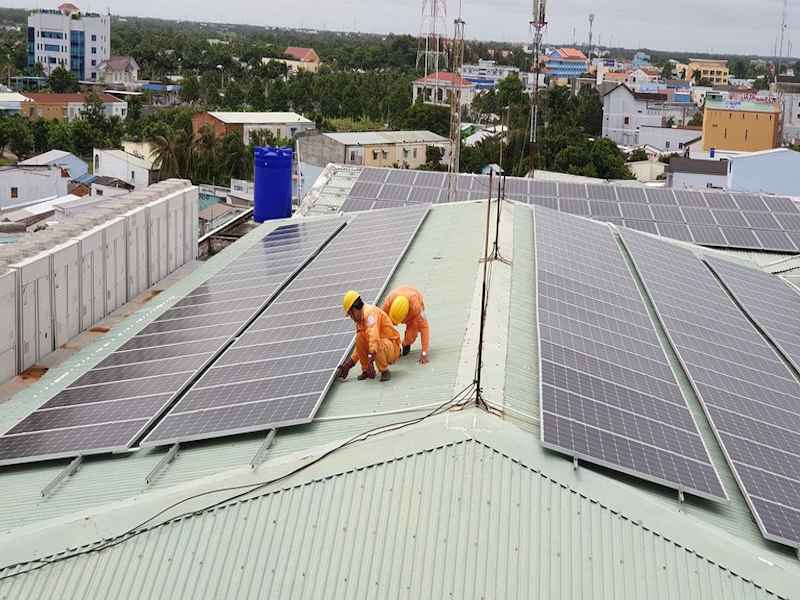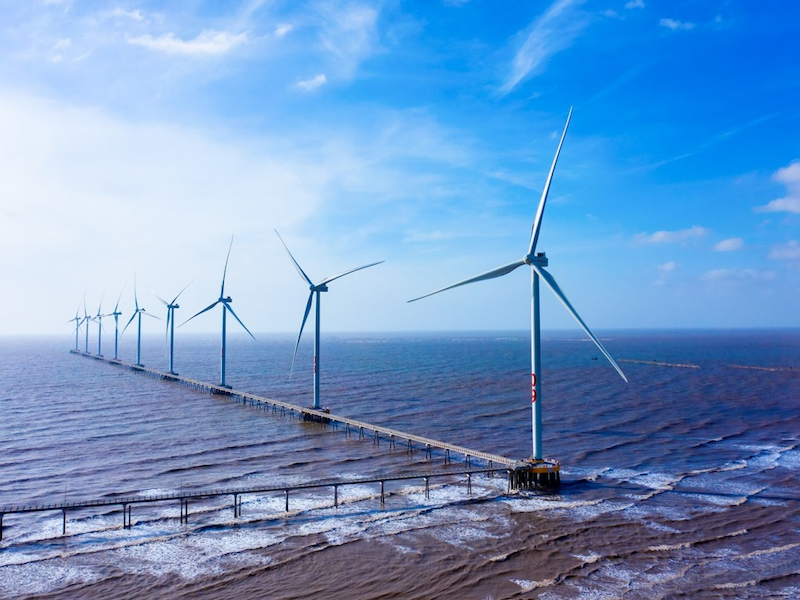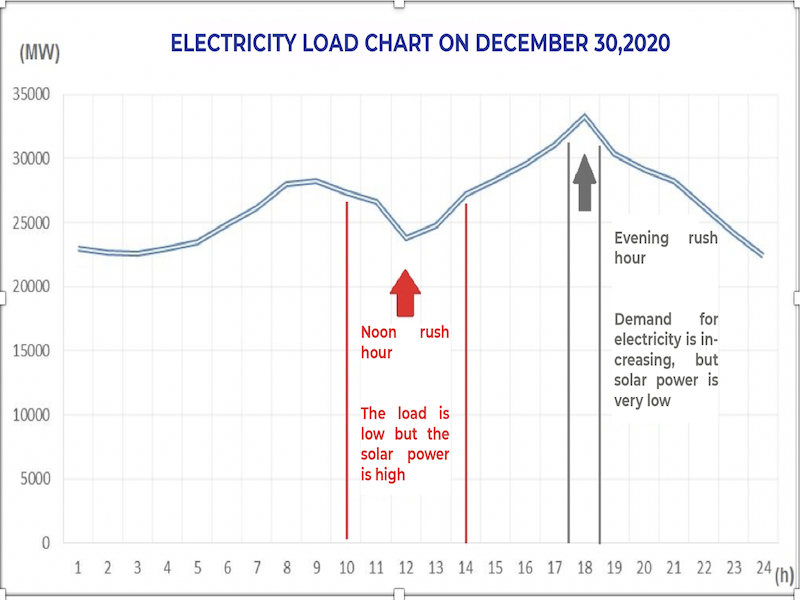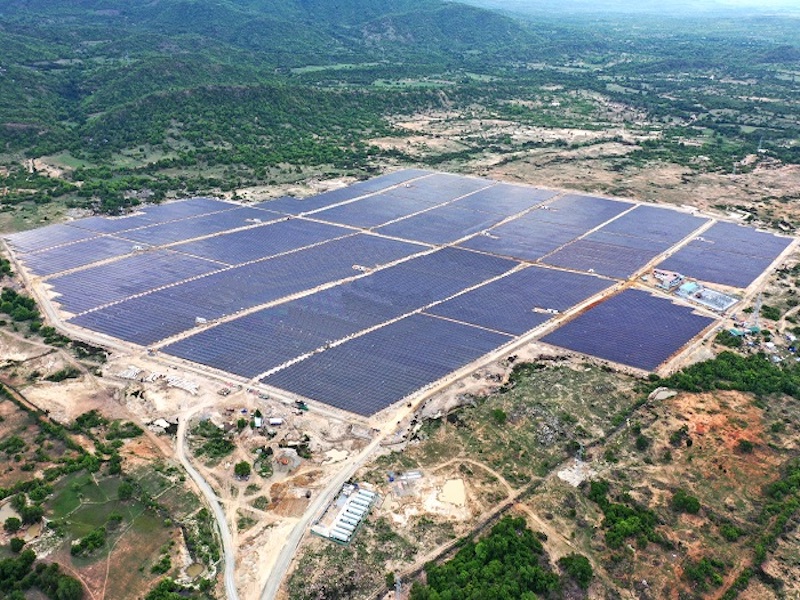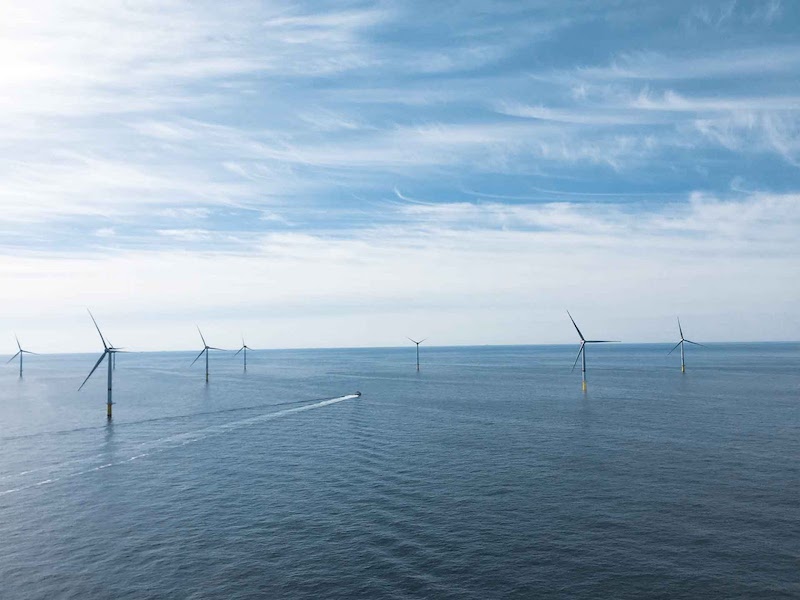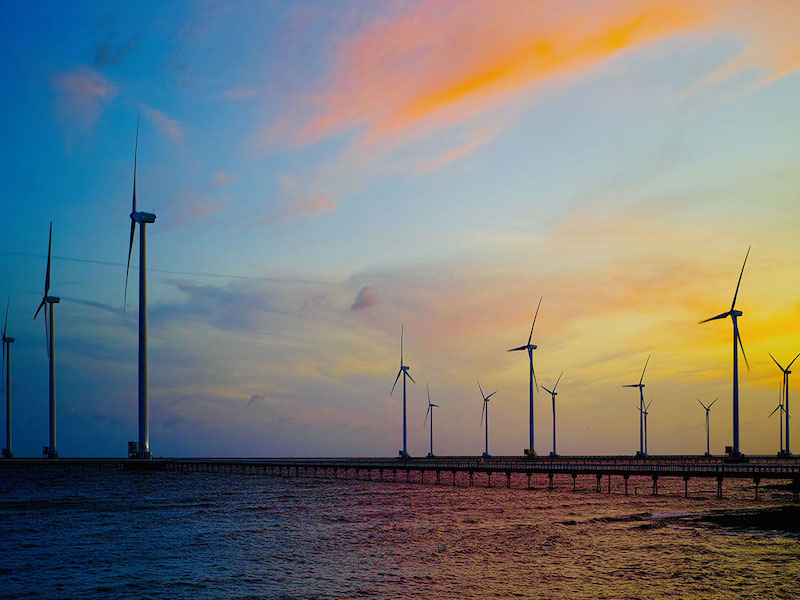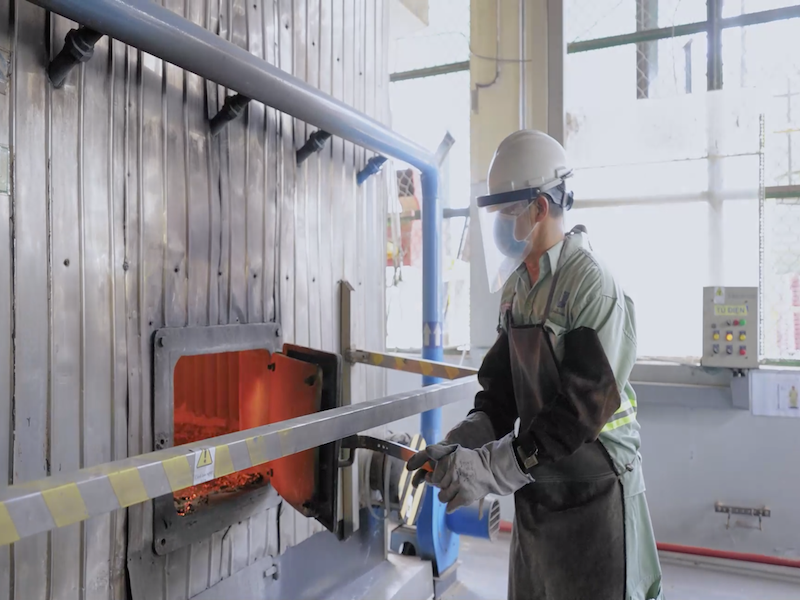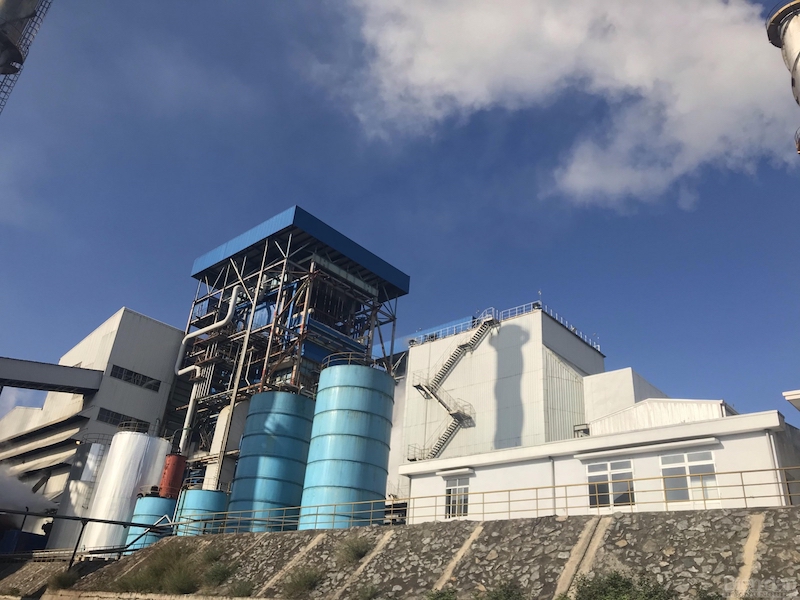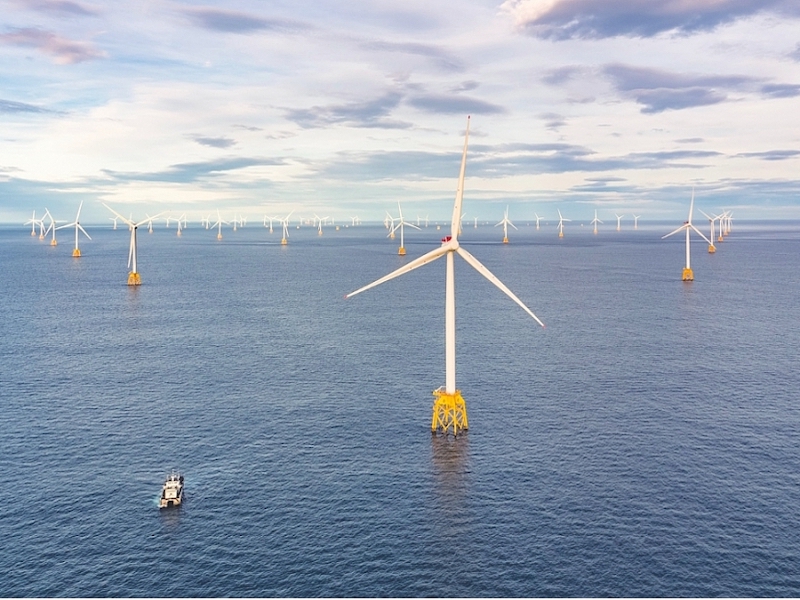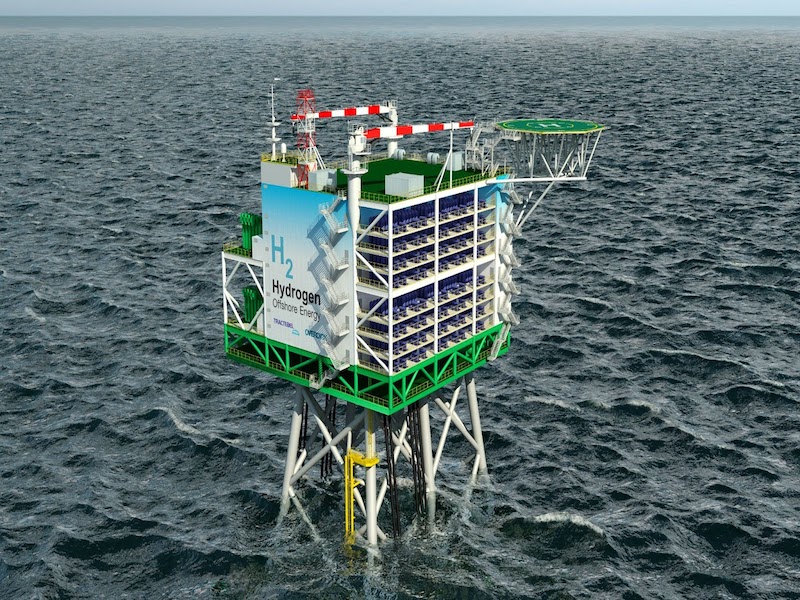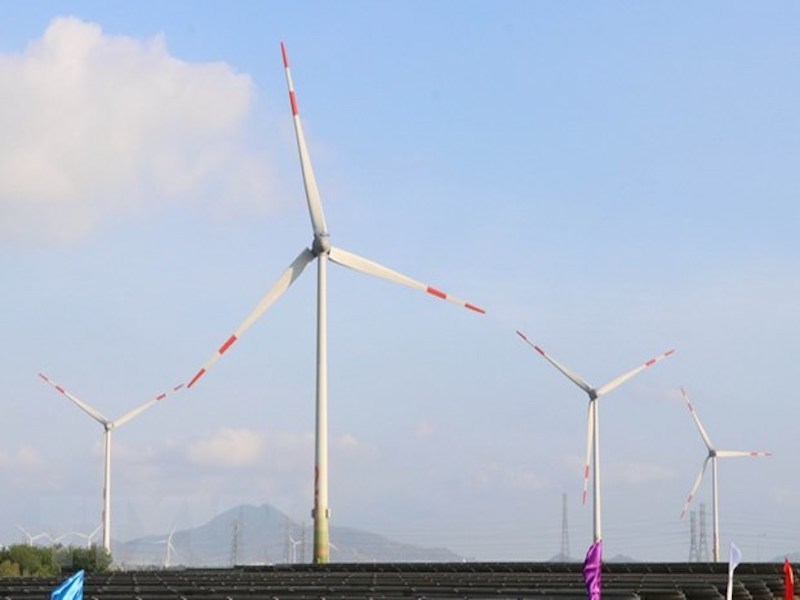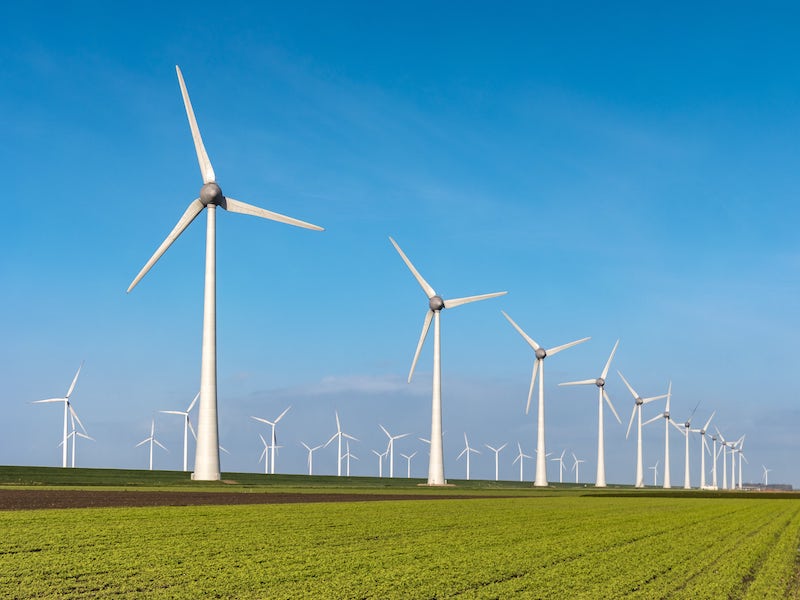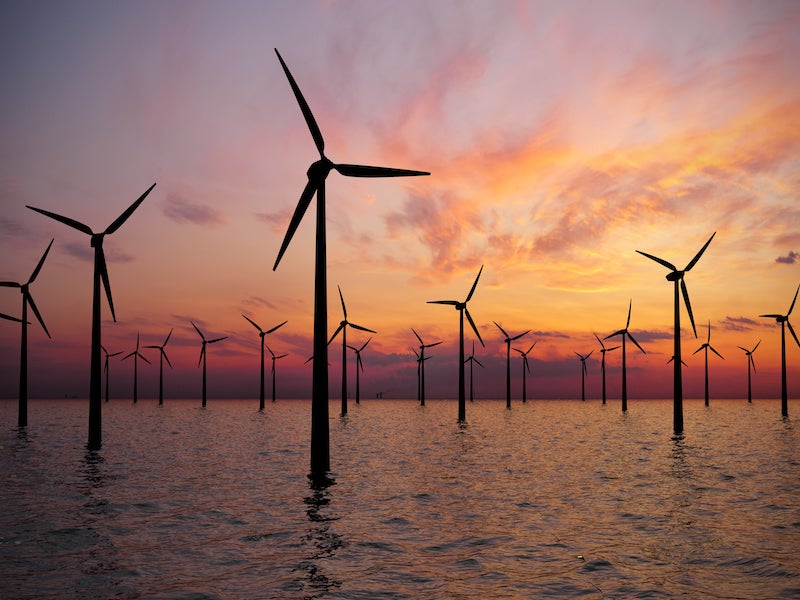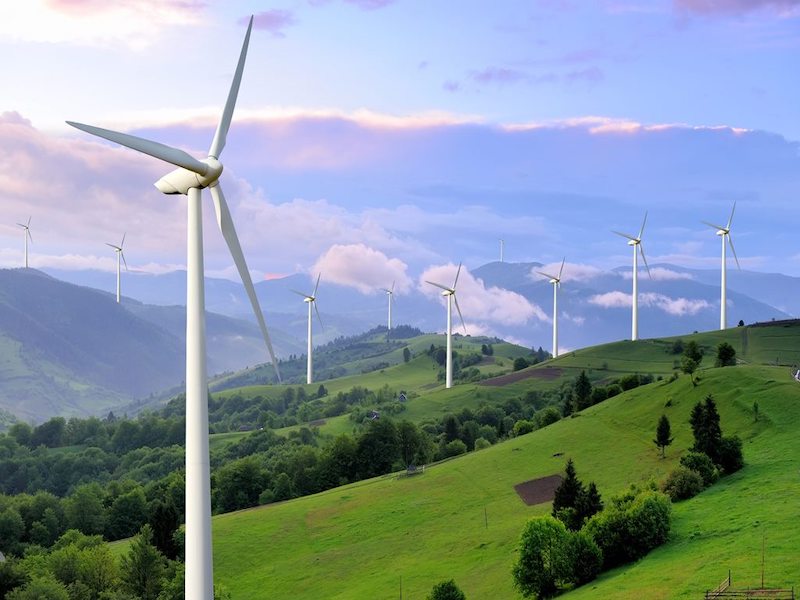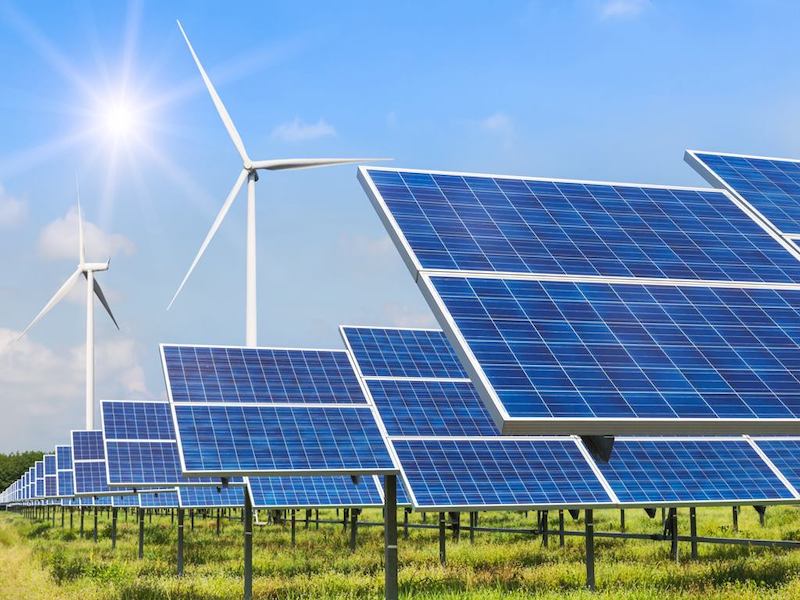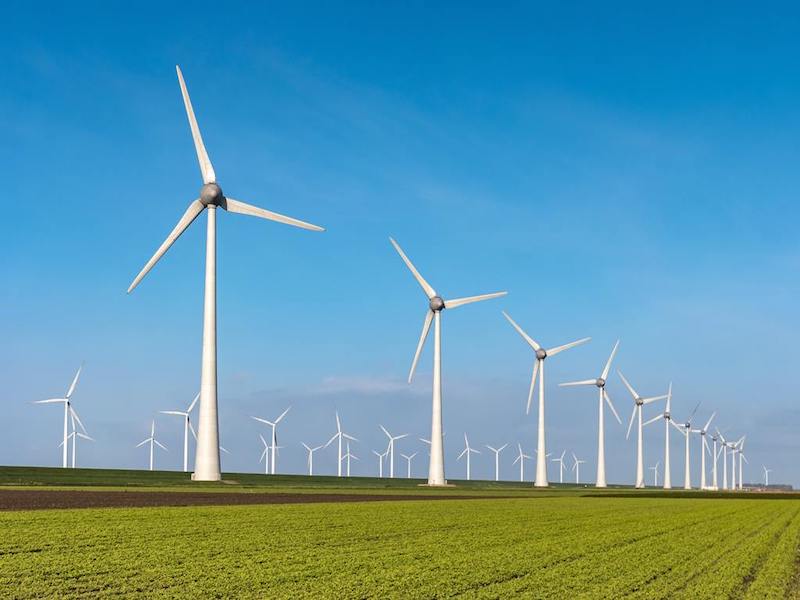The strong economic recovery after the Covid-19 pandemic and tense political developments are pushing many countries into the race to find new energy sources. Against that backdrop, along with the exhaustion of fossil fuels, green hydrogen is emerging as a sustainable development solution, towards carbon neutrality commitments at COP 26.
Undeniable potential
According to statistics of the International Energy Agency (IEA), the global demand for hydrogen energy reached 70 million tons in 2018, then increased to 90 million tons within the next two years. However, 98.8% of the above production uses fossil energy sources including coal, oil, gas, etc., which emits up to 830 million tons of carbon per year. By 2030, total global hydrogen production is expected to reach 200 million tons, 70% of which will be produced from low-carbon technologies; By 2050, this figure could reach 500 million tons.
The development potential of green hydrogen comes from the fact that this gas has the potential to neutralize carbon in many economic and social activities, but still brings great efficiency. This is because when produced by the pyrolysis of water, the finished hydrogen is incapable of generating other contaminants.
Some of the main applications of hydrogen in socio-economic activities
In heavy industrial activity, hydrogen energy is mainly used in oil refining and fertilizer production. If hydrogen production is increased through low-carbon technologies, this energy could gradually replace fossil fuels in the production of steel and cement. For the electricity industry itself, the popularity of green hydrogen will provide a sustainable energy storage solution, helping to solve the problem of excess electricity at a time of low load of wind and solar power. In addition, investment costs for the power grid will also be cut thanks to the use of gas pipelines to transport finished hydrogen.
In the civil field, green hydrogen can be widely used for heating purposes in winter. In addition, this energy source also helps accelerate the development of electric vehicles thanks to its outstanding advantages compared to batteries. Includes: light weight; short full charge time; longer travel; and all vehicles can use this fuel.
Global race
According to McPhy, a French manufacturer of electrolysis machines and hydrogen stations, the explosion of renewable energy has reduced the cost of operating electrolyzers per MW from 1.5 million to about 700,000 euros. This premise enables many countries to join the race to produce green hydrogen around the world.
In 2017, Japan was the first country in the world to adopt a green hydrogen energy development plan. The goal of this strategy is to scale up carbon-free hydrogen production to 3 million tons by 2030 and reach the threshold of 20 million tons by 2050. In 2019, Japan continued to adopt the Strategy for Hydrogen and Fuel Cells. data to map out a roadmap to disseminate this energy source in social life. Figures from the fiscal year 2020 also show that Japan has invested 645 million USD to finance the production of clean energy vehicles; researching and developing fuel cells and hydrogen production and storage technology; and building hydrogen supply chains.
In 2019, Japan's Kawasaki Heavy Industries launched the world's first ship powered by liquid hydrogen
Another market that is actively participating in the race to produce green hydrogen is the European Union. The organization's target of 10 million tons of green hydrogen by 2030 will focus on reforming operations in two areas, transport and industrial production. Germany, France, Spain and Italy are the four leading countries to implement this strategy with funding from the alliance of up to EUR 9.5 billion divided among countries.
In which, Germany's green hydrogen development plan has spent EUR 9 billion of the national budget for the roadmap to build a water electrolysis plant with a capacity of 5GW by 2030; while France has set a target of 6.5GW of water electrolysis capacity, using EUR 7 billion. Also located in Europe, the UK also aims to turn hydrogen into an energy source for 20-35% of national demand by 2050, starting with 5GW of water electrolysis power.
The world's largest green hydrogen project simulation map is being implemented in Texas (USA). The factory has a capacity of 60GW, specializing in the production of space rocket fuel for SpaceX
In the United States, the recently passed Infrastructure Investment and Jobs Act says the country will use $9 billion between 2022 and 2026 to research next-generation electrolysis technology and build new regional center for hydrogen for production, heating and transportation.
Vietnam's potential
In Vietnam, the race is also heating up. The recently approved Draft Power Plan 8 mentioned researching and updating new technologies for power plants, especially technology to convert fossil fuels to new fuels, including hydrogen. On the other hand, according to the National Green Growth Strategy for the period 2020-2030, with a vision to 2045, it also defines the task of building a mechanism to encourage the development of hydrogen gas fuels associated with offshore wind power.
The above goals are set on the basis of natural advantages for electricity production from renewable energy in the country. With its geographical location near the equator, Vietnam has up to 2000-2600 hours of sunshine per year, most distributed in the southern provinces; The average annual total solar radiation reaches about 230-250 kcal/cm2/day. Particularly for wind power, nearly 40% of the country's area has an average wind speed of over 6m/s at an altitude of 65m, the potential capacity from this source can reach 512GW according to the World Bank's assessment.
By the middle of this century, offshore wind power associated with green hydrogen production will be the main electricity generation and storage model in Vietnam.
With those conditions, by the middle of this century, Vietnam aims to have 129,600-201,647 MW of electricity from renewable energy sources, accounting for 45.6-52% of the country's total power capacity. Therefore, it can be seen that the input for green hydrogen production in our country will always be guaranteed.
The roadmap for the development of this energy sector in Vietnam will start from June 2022 - when the first green hydrogen production plant is started in Ben Tre. When fully operational, the plant can produce 60,000 tons of hydrogen per year, along with over 800,000 tons of oxygen and ammonia.
The project in Ben Tre has a total investment of up to VND 19,500 billion, uses German technology and is expected to start testing from the first quarter of 2024. (Picture is the world's largest green hydrogen plant located in Fukushima. , Japan)
In the near future, RT Energy will invest in building AH1 and AH2 wind power projects in Ben Tre province with a capacity of 100MW. Electricity from the project can ensure an important input source for the operation of the plant. In 2021, RT Energy successfully implemented the Adani Phuoc Minh wind power project in Ninh Thuan despite the complicated developments of Covid-19. That shows that the company has enough capacity to deploy and complete the project in time before the green hydrogen plant reaches the finish line.
In addition, RT Energy determines the strategic development direction in the coming years is to invest in the construction and operation of renewable energy projects; research and application of new technologies, including green hydrogen production,... Besides, strategic partnerships with leading giants in the field of renewable energy such as General Electrics (USA), Siemens Gamesa (Europe),... will also provide an opportunity for RT Energy to receive and transfer the world's leading green hydrogen production technology to Vietnam, thereby making a significant contribution to Vietnam's economic growth. Vietnam's carbon neutral target by 2050./.



